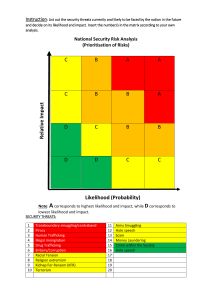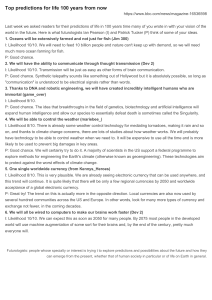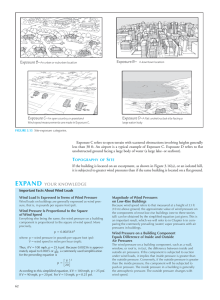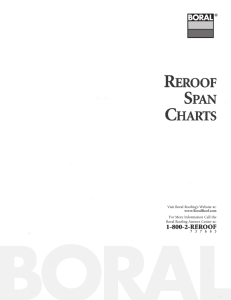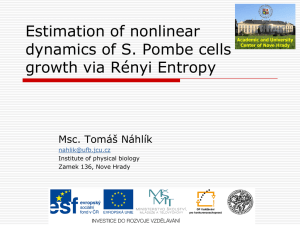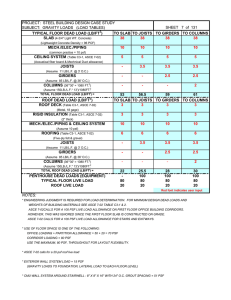GLAST Likelihood Calculations My poster paper from the HEAD meeting in Honolulu,
advertisement
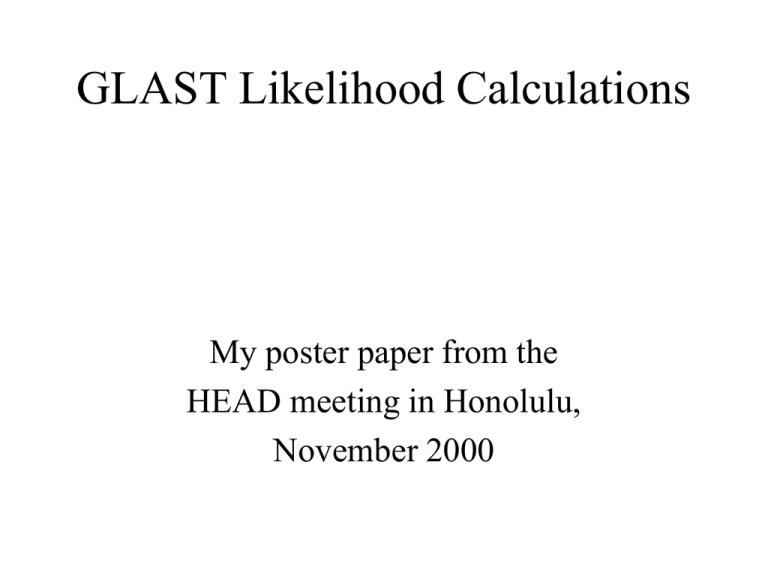
GLAST Likelihood Calculations My poster paper from the HEAD meeting in Honolulu, November 2000 • I wrote an 8-page paper about GLAST likelihood calculations, a revision of a document that I worked on about a year ago. It has lots of equations, lots of opinions, no graphs, and a few (soft) numbers. • It’s available on the net at httpd://giants.stanford.edu/~pln/glastlikepaper.pdf Teaser At a workshop the night before, I got to present a very brief talk with these points: • Each photon event is complex. The PSF and energy dispersion vary with angle and type of event. Thus the instrument response functions are large, multidimensional objects, perhaps ~100 GB total. • Most observations will be in zenith scanning mode, so the response to any point source is dynamic. • The wide FOV means that there will always be many interesting sources in view. The wide PSF means that there will be a lot of source confusion. Any analysis requires fitting multiple sources and stitching together separate parts of the data stream. • Chi-squared can’t be used for most sources because there are not many photons spread over too many bins in the observing space. Poisson likelihood must be used.
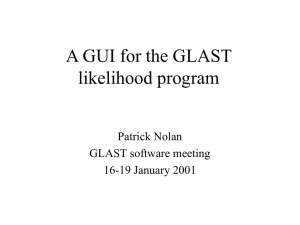
![School Risk Register [DOCX 19.62KB]](http://s2.studylib.net/store/data/014980461_1-ba10a32430c2d15ad9059905353624b0-300x300.png)

